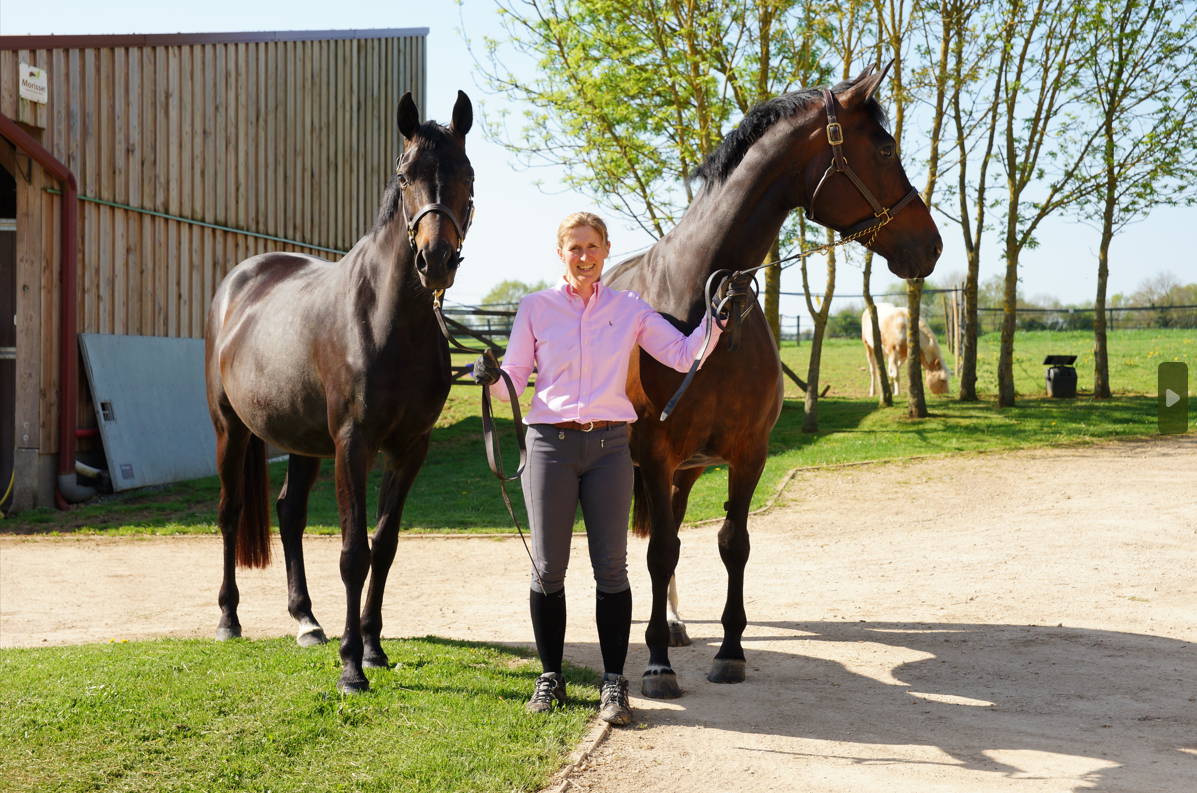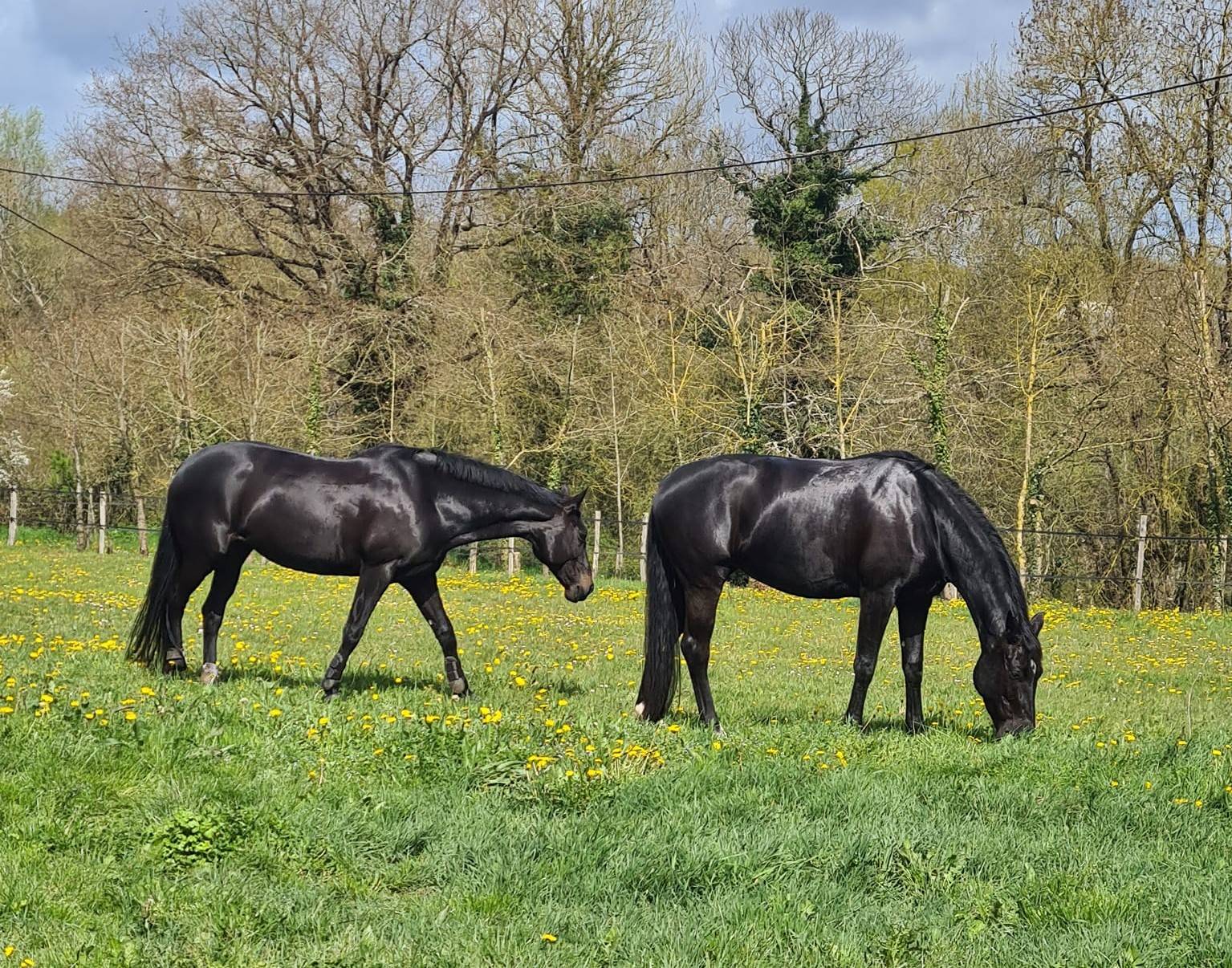Aspiring to Green Horsekeeping

We have a high-sided trailer that goes on the back of the tractor or pick-up and it was full of plastic. Splendid isolation was and is wonderful, but what in my own small way was I doing to the planet?
Lent arrived and although I am not particularly pious, I always give up something for lent. As a child it was sweets. As an adult, I have given up wine, crisps, alcohol and the least satisfactory -- I once gave up coffee. That was a bad one.
The increase in moisture was a massive boost, I write this in January 2023. It’s threatening snow and the wind chill is enough to make me hibernate. But our glorious French summers since arriving in 2008 are get hotter and drier. The grass burns off and I am always paranoid about the horses getting dehydrated or having compaction issues. I start feeding sloppy mashed feeds so I love the fact the steamed hay gives the horses something moist to munch on.

Adding More Steam…
December 2021, I purchased the HG 2000. It is the biggest steamer Haygain makes and I use it generally two or three times a day. I did consider where to put it and opted for a position in a traditional stone-walled barn where we keep the stocks and have loose housing for two brood mares.
This option meant it was never going to be exposed to freezing temperatures. It was near both tap water and the water we collect off the rooves of our barns and houses. A green fact: In heavy rain we can collect 1000 litres of water in an hour from one roof.
My routine is to fill the chest with nets at night, with a timing system due to go off at 6 a.m, when electricity is cheaper. I then refill the chest at about 7:30 a.m. so I have enough hay for breakfast and lunch. The chest is then used again at 4 pm for evening boxes.
Since the lockdown I have reduced the number of horses I have so there are three in work and four that are out during the day and in at night.
The biggest impact the Haygain Steamer has made has, of course, been respiratory health, but I have also reduced the amount of hard feed I use and, anecdotally, I have ceased to use stomach ulcer supplements on a ‘gastro’ susceptible horse.
We had one livery arrive in September with three different supplements for pulmonary health. He arrived with notes to say he will have ‘snot’ outside his door in the mornings and he always coughs. Four months later I am pleased to say he is no longer costing his owner additional expense on supplements (served in plastic tubs), and he has never looked better.
Greener Life
My quest for a plastic-free and green life will be a work in progress. We will continue to make our own hay but understand that steaming bad hay will still be bad hay so in those ‘bad years’ I am happy to forgo the romance of creating hay and reducing equine ‘food miles’ in exchange for the buying in and reaping the benefits of good quality hay that is steamed for hydration and digestion. The reduction of hard feed and supplements has a meant we spend less and use less plastic.




















